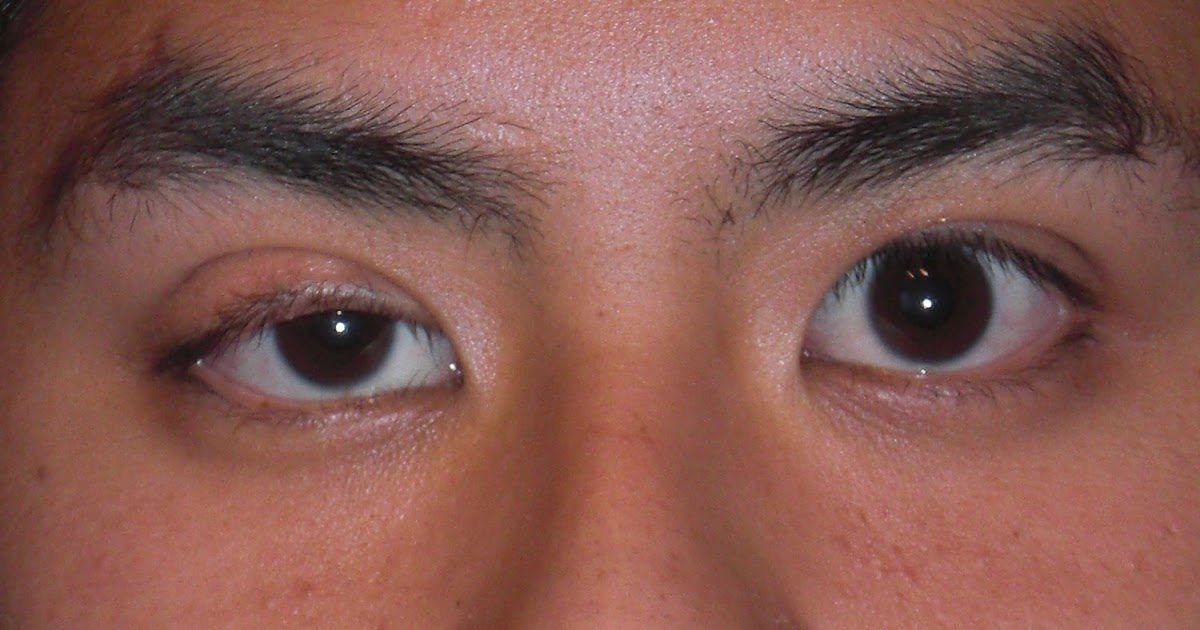Guide To Aneurysm Symptoms
Seizure

Seizures are sudden and abnormal bursts of electrical activity within the brain. These can occur in patients with brain aneurysms, epilepsy, and other neurological conditions. Patients with intact brain aneurysms (not ruptured) may occasionally experience seizures, though they are often a sign the aneurysm has ruptured. For this reason, any patient who experiences a seizure should see a neurologist, and patients with a known aneurysm who experience a seizure should go to an emergency room immediately. For many patients, seizures can be successfully controlled with medication. Patients may need to take a combination of two or three different medications to reduce the number of convulsions they have. Potential side effects from these medications include sedation and lethargy, changes in sleep cycles, hyperactivity, dizziness, headache, diarrhea, fluid retention, nausea, vomiting, and weight gain or loss. Patients who experience seizures as a result of a brain aneurysm may need to be monitored by their healthcare team more frequently.
Drooping Eyelid

A drooping eyelid can be a sign of both a ruptured and an unruptured brain aneurysm. With an unruptured brain aneurysm, there aren't usually symptoms. However, there are rare cases where an unruptured aneurysm can press on certain nerves found in the brain, which leads to symptoms. A drooping eyelid is just one of the warning signs of an unruptured aneurysm, along with the previously mentioned doubled or blurred vision, as well as a dilated pupil and pain behind and above one eye. A drooping eyelid and dilated pupil can also occur with a ruptured aneurysm. Patients who experience more than one symptom of an aneurysm, whether it has ruptured or not, should seek medical attention as soon as possible to avoid devastating consequences. Those who see these symptoms in others should encourage them to seek medical attention, or call emergency services themselves if necessary.
